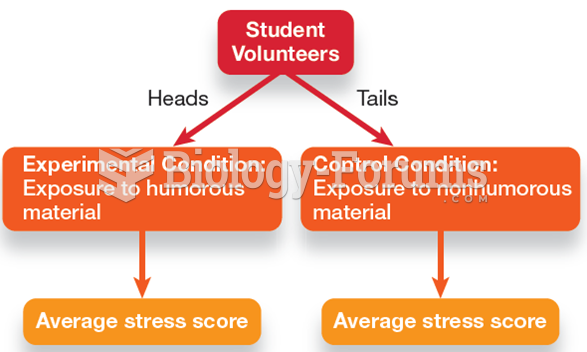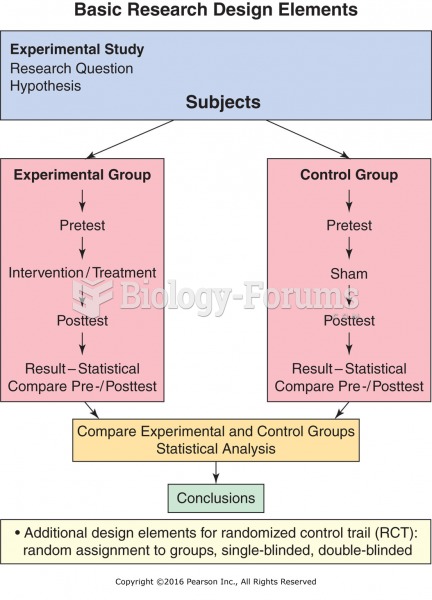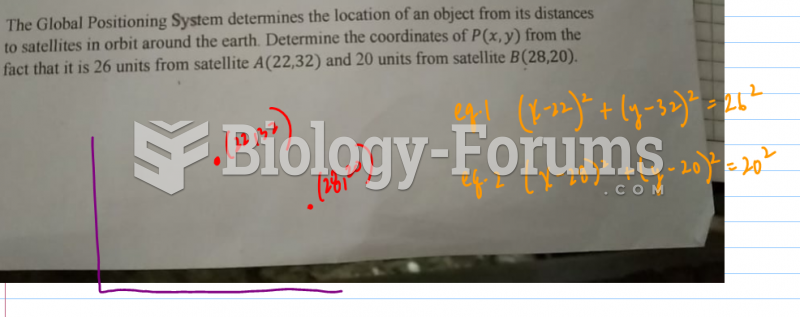Answer to Question 1
There are two elements to determining whether property is abandoned for Fourth
Amendment purposes: a physical and a mental element. For the physical element, a
person must physically give up possession of an item. For the mental element, a
person must intend to give up the expectation of privacy in an item.
A common example of abandoned property may be small pieces of trash. After people
eat their fast food sandwiches, they then discard the wrappers in which the sandwiches
came by throwing them away. They have both physically given up possession of the
wrapper and did so with the intent to abandon any expectation of privacy in it.
Answer to Question 2
For a property to fall within the category of open fields where there is no
reasonable expectation of privacy, these areas must not provide settings for the
intimate activities that the Fourth Amendment was designed to protect from
government interference or surveillance. The Fourth Amendment protects people in
their persons, houses, papers, and effects.. Thus, even looking at the Amendment in
a pure textual sense, it is easy to see that it was not meant to protect open, privatelyowned land.
Posting a No Trespassing sign does not mean that the open field doctrine may not
apply and exclude the posted property from protection of the Fourth Amendment. The
Supreme Court has decided that if this was all that was needed to give owners a
reasonable expectation of privacy in an area where they could not otherwise expect
such, police officers would have to guess before every search as to whether owners
have posted a sufficient number of warnings or posted them in adequate places to
protect the property. This would make the job of the police very difficult, as they must
be able to know with a reasonable degree of certainty what is protected by the Fourth
Amendment and what is not.







